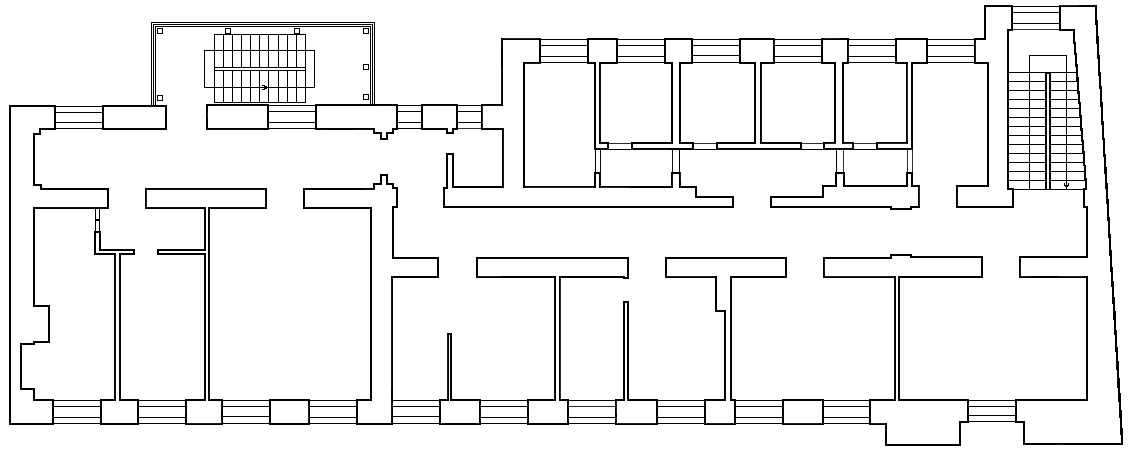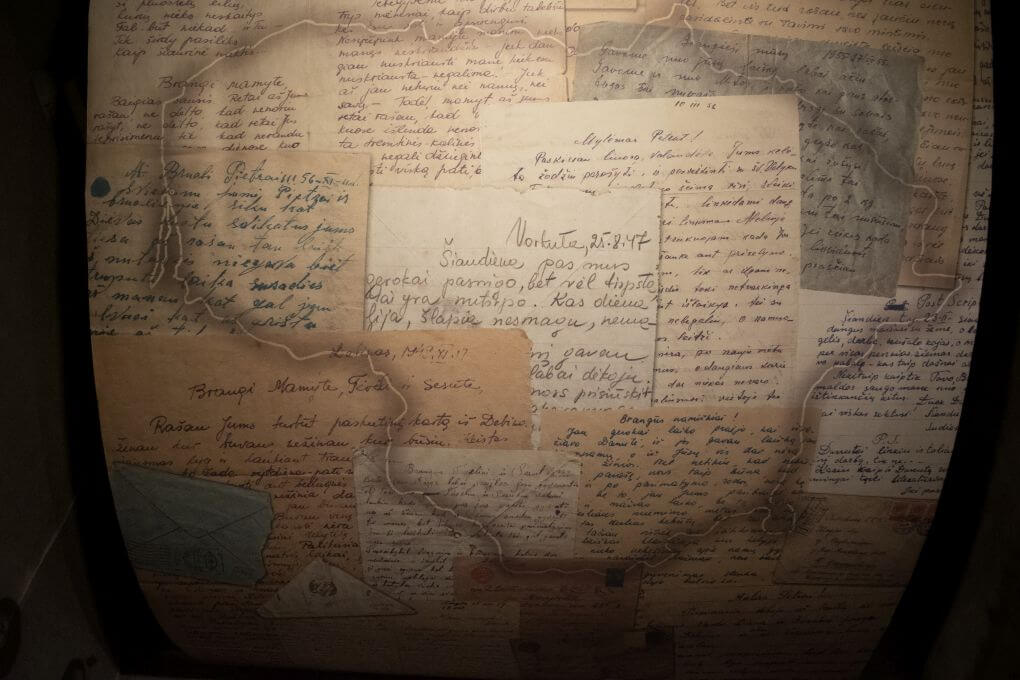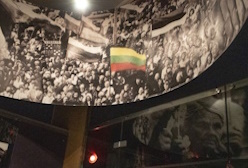Life goes on
Pupils, students and pensioners (with ID) – 3 €.
Main Information
Lithuanian deportees and political prisoners, despite the hard work, deprivation, harsh climate, hostile attitude of the authorities and often of the local population towards them as “socially dangerous”, did their best to survive, to preserve their customs, their language, their historical consciousness, and to follow Christian values in their everyday lives.
Large settlements of deportees were built in the vast expanses of Siberia. Lithuanian women deportees tried to decorate the walls, windows, tables, and shelves of their bleak homes with embroidered or crocheted handicrafts. Eventually, they gathered household essentials, such as containers for storing bulk products, pots for cooking, cutlery and crockery, even irons. This exhibition displays a wide range of household items owned by the deportees.
Catholic priests, sharing the same fate with their compatriots, supported those who were deported to labour camps or exiled far from their homeland and helped them to survive. Priests carried out their pastoral activities diligently: they celebrated holy Mass, heard confessions, baptised, performed marriage ceremonies, and accompanied people on their last journey. In this exposition, visitors can see authentic liturgical stoles of deported priest Jonas Augustauskas and sacrificial items used during mass by political prisoner priest Vincentas Vėlavičius.
The cultural activities of deportees were less restricted than those of labour camp inmates. In their free time, deportees celebrated family and religious festivals, and gathered to sing folk songs. The photographs in the exhibition reflect these moments.
Spiritual poetry, prayer, love for loved ones and the Motherland, hope to return to the homeland, helped them to keep going in a difficult hour.
Little deportees
Along with adults, children were sent into exile. At least 39,000 of them were deported from Lithuania in 1941–1953. Babies born in exile were recorded in the lists of deportees.
The first year of exile, especially the first winter, were tragic for many families. Food shortages, epidemics and unsanitary conditions led to mass illnesses and, above all, to deaths of children who did not receive medical care. It was only in later years that deportees, having adapted to the climate and the conditions of exile, were able to plant vegetables, buy livestock, and move to better housing. Young children had to work and help their families survive in Siberia. They would take care of firewood, queue for food, go berry picking and fishing. Teenagers did various chores along with adults. Around 5,000 children died in exile. This is one of the most horrible pages in the history of Lithuanians living in exile.
Back to Lithuania…
Despite most severe punishments, the long distances, and the harshest natural conditions, deportees secretly fled to Lithuania. Adult fugitives were usually sentenced to three years of forced labour in gulags, their children were placed in orphanages, and sometimes the whole family was returned to the place of exile. There were also attempts to escape from labour camps, but very rarely were they successful.
In 1954, special commissions were set up to review the cases of political prisoners. Some convicts were released from the camps in 1955-1956, but most of them could not yet return to Lithuania and had to remain in exile in places designated by the authorities. After the publication of the order of the Presidium of the Supreme Council of the USSR of 19 May 1956, most deportees were released from exile.
On their return to Lithuania, the deportees were discriminated against by the local communist authorities. They were denied registration, employment, return of confiscated property, etc.
In 1989–1991, some people brought the remains of their loved ones back from exile and the cemeteries of the labour camps and reburied them in their homeland.
Exposition Location

Exposition „Life goes on“
Location: Second floor


















